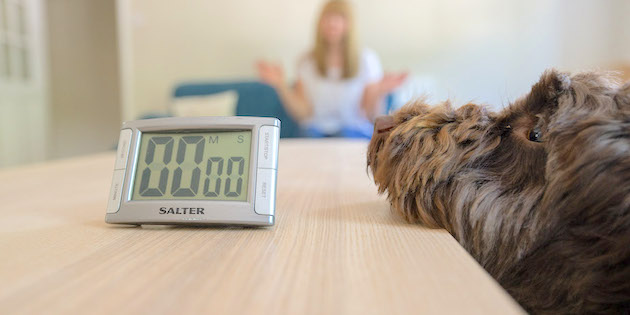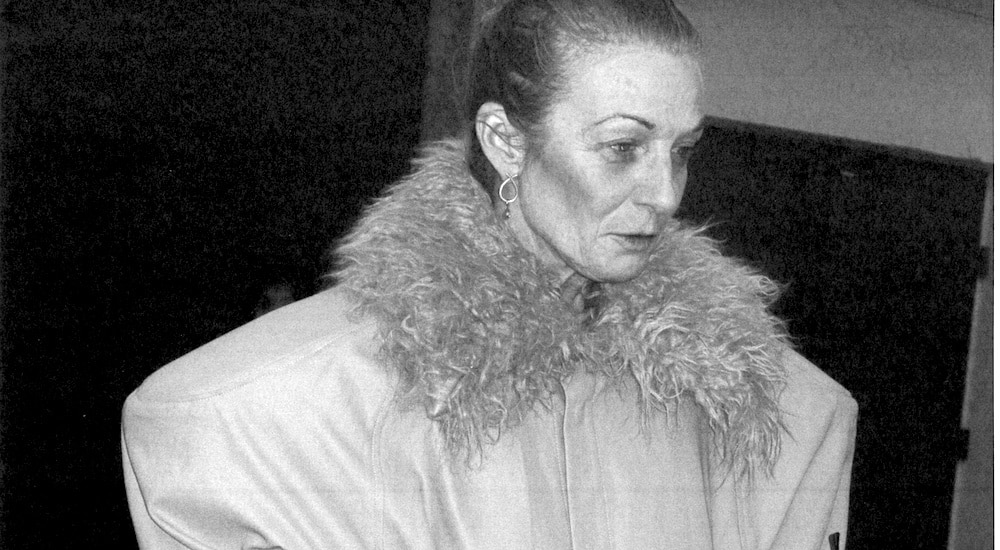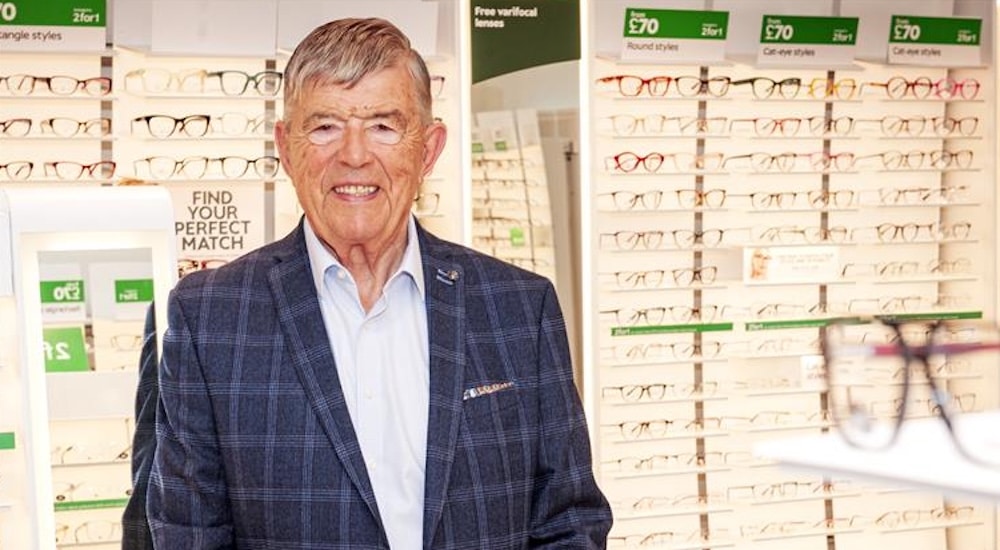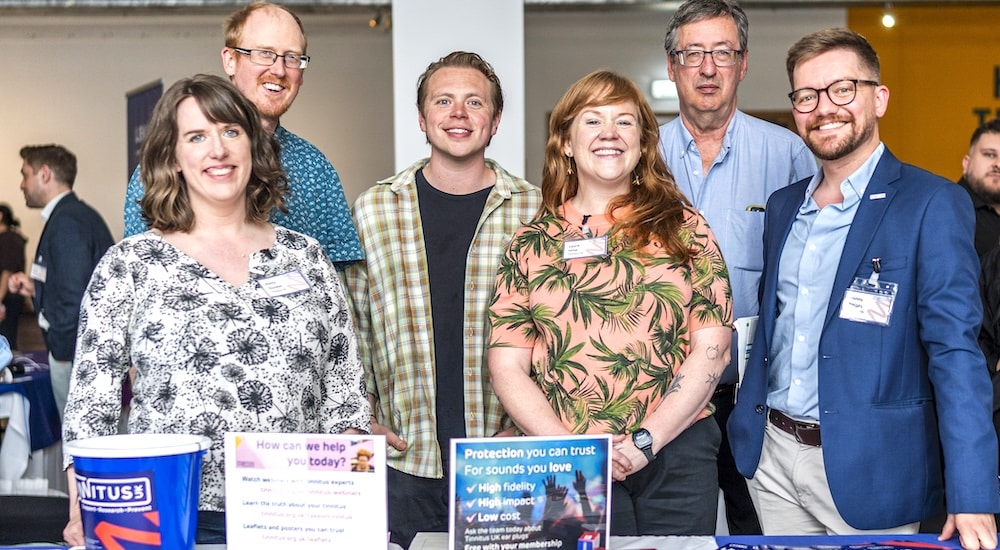HEARING DOGS FOR DEAF PEOPLE - INTERVIEW: "We work closely with audiologists and a wide range of healthcare professionals."
Definitely a behind-the-collar model, and not in-the-kennel, it’s the ole faithful K9 hearing aid. AWN talked to talked to Hearing Dogs for Deaf People's Deputy Director of Hearing Loss Services, Andrew James.<

From a puppy in a living room in 1982 to now placing 200 full-trained dogs a year, Hearing Dogs for Deaf People is a charity with a canine and human-interest story that deserves a good, long run. To launch a regular hearing dog pin-up feature with a sweep of the organisation’s history and woof-and-wow factors, Audiology News UK editor-in-chief Peter Wix was let off his leash to question Andrew.
Audiology News UK (ANUK): The charity was set up in the early 1980s. How has it grown over the decades? What have been the major challenges the charity has faced? Who and what are the charity’s biggest allies?
Andrew James (AJ): The first puppy we ever trained was in someone’s living room in 1982, and we now train and place around 200 dogs a year. In our history, we’ve created around 3,500 hearing dog partnerships. We also now have a range of Hearing Link Services that help thousands of people and their families with their hearing loss.
Our Hearing Link Services website contains helpful information and videos to support people with their hearing loss, and our team and volunteers provide personal support directly and in groups to help people live well with their hearing.
We have a network of around 3,000 committed volunteers who help train and look after our puppies, getting them ready to go to their deaf partners. We also have a team of over 60 peer support volunteers who have lived with or have professional experience of hearing loss and who help our Hearing Link Services make such a difference in people’s lives.
Our biggest allies are our kind and generous supporters and our dedicated volunteers. We rely entirely on donations and wouldn’t be able to help as many deaf people and people with hearing loss as we do without them.
ANUK: How are the dogs selected, and how is the training achieved?
AJ: We breed the majority of our dogs ourselves so we can be sure that their health and temperament is ideal for their role as a hearing dog.
A good hearing dog is one who responds well to sound, is eager to learn, is motivated by treats and loves being around people.
We train all our puppies through reward-based training, making it as fun for them as possible and encouraging good ‘wanted’ behaviour by rewarding them when they get something right. A reward will be anything from a tasty treat and verbal praise, to fuss and cuddles, depending on what the puppy enjoys the most.
We have 400 puppies and dogs in training at any one time. It usually takes between 18 months and two years to train a hearing dog.
ANUK: What are the factors you must consider in matching dogs to their new deaf partners?
AJ: We take into account the dog’s personality and their likes and dislikes and match them to the lifestyle and needs of the applicant.
In the final stages of training, we start to personalise their training as we’ll have a strong idea of which dog will be the perfect match for one of our applicants. For example, if their deaf partner takes the train to work, we will make sure the dog is comfortable with the sights and sounds of a train and a railway.
As we get to know our applicants, we explore what they want to achieve by having a hearing dog. This often includes improving their confidence, independence and wellbeing. We are careful that the dog we match to them will support their needs and personal growth in the years to come.
ANUK: How long does it take for dogs and their deaf partners to become accustomed to each other, and is this a process that can sometimes fail?
AJ: The length of time it takes for dogs and their deaf partner to become accustomed to each other is down to the individual person and dog. We provide a lot of support and training to both the dog and their partner and because of this support, the vast majority of our partnerships succeed.
A strong bond is the key to success, and therefore the early stages of the partnership are carefully planned to develop this. The person and dog must get to know each other, learn what each other needs, and learn to work as a team.
Our experienced staff have considerable experience creating successful partnerships and helping people achieve their goals.
On the rare occasion a partnership doesn’t succeed, we take great care to support the person with our full range of services, as well as supporting the dog through a gentle transition into a new partnership so their talents and skills can help another deaf person.
ANUK: Are there dogs adapted to different levels of hearing loss?
AJ: We work with people with all levels of hearing loss. This includes people who are at the very beginning of their hearing loss journey, who might need support and guidance alongside visiting the audiologist for the first time, to people who have lived their entire life with hearing loss and need help in specific areas. The important thing for us is to develop a trusting relationship where we can help explore what will help them live well with their hearing.
Our staff and network of peer support volunteers offer help throughout their hearing journey. For some, that means coming to terms with their hearing loss and exploring coping strategies in our LinkUp support groups. For others, they may want to explore how assistive listening technology can help them in their daily lives. Everyone’s needs are different, and we build our support around them.
We train dogs for different levels of hearing loss, from mild to profound. For instance, we train some for people who need sound support in the home but not when out and about. We also train some dogs for people who don’t require support with sounds, but would benefit from emotional support and companionship because of the impact hearing loss has had on their lives.
Every dog is different – and no two puppies learn in the same way. They all have their own individual strengths and characters which we work hard to develop and build upon. Although we aim for all our dogs-in-training to become assistance dogs who wear hearing dog jackets, accompany their deaf partner into public places, and alert them to sounds, some of them take a different, but equally important and life-changing path.
Those applying for a jacketed hearing dog have a severe to profound hearing loss and many wear hearing aids or have cochlear implants. Approximately ten percent of our hearing dog partners were born deaf and are BSL users.
ANUK: What level of involvement does the charity have with the hearing health profession and industry?
AJ: We work closely with audiologists and a wide range of healthcare professionals.
We take a holistic approach to understanding people’s needs and this often means referring to, or working collaboratively with, others including audiologists, GP’s, lipreading teachers, link workers, assistive technology providers and others. Similarly, service providers often refer to us.
Our support and services both deliver valuable outcomes directly and can also be used alongside services from other providers to enhance outcomes. An example of this is our peer support volunteers being present in audiology departments and connecting with people after their appointment. They can help people with the complex emotions that sometimes follow, reflect on the outcome of their appointment, and begin thinking through their choices and options for moving forward.
Use the QR code to donate to Hearing Dogs for Deaf People
ANUK: Charities rely mostly on donations and legacies to cover their expenses, but have faced a tough period in the pandemic. How has this recent period affected Hearing Dogs for Deaf People, and what particular problems did it bring for looking after and training these clever but obviously dependent animals?
AJ: We have a very kind, dedicated group of supporters, who were kind enough to continue to support us throughout the pandemic. Certain elements of the puppies’ training had to be paused and some of our volunteers came up with creative ways to continue their training, for example, setting up a makeshift supermarket checkout in their home or garden as part of the dog’s training for visiting public places.
During the lockdowns, training classes were moved online, and videocalls and sharing of video helped us to guide the puppy’s training from a distance. When the weather and social distancing allowed, we made use of opportunities to bring people and puppies back together to continue their training.
Creating new partnerships was affected by the successive lockdowns and social distancing restrictions too. We had to innovate our working methodology and we made use of videocalls, video sharing, online classes, new training materials, and wholly reimagined how to support the development of a new hearing dog partnership within the social norms of the time. Our approach was incredibly effective, and many aspects have been retained since, to enhance our usual in-person approach.
© Paul Wilkinson 2022 Who is hearing dog Rudy? Find out here.
ANUK: New technology and AI bring us much of a threat as they do benefits to our professions and activities. Is the charity focusing yet on what a world of robodogs and AI-driven tech might mean for the canine assistant?
AJ: Something I adore is seeing is the life-changing bond that forms between someone and their hearing dog. While robodogs sound fun and hey, they could be very effective at alerting to sounds one day, I’m not sure they’d replace the special place that our hearing dogs have in our lives and our hearts.
Technology is rapidly moving forward and in our Hearing Link Services, we’re keen to embrace the opportunities it provides. Even now, we find most of our beneficiaries have a limited understanding of how assistive technology could help them or haven’t had a chance to explore whether it could work well for them.
There have been lots of new technologies over the past couple of decades but most of our deaf partners say there’s no substitute for the love and companionship of a hearing dog, so there will always be a place for this type of assistance dog.
Source: Audiology News UK issue 04 September-October 2023




